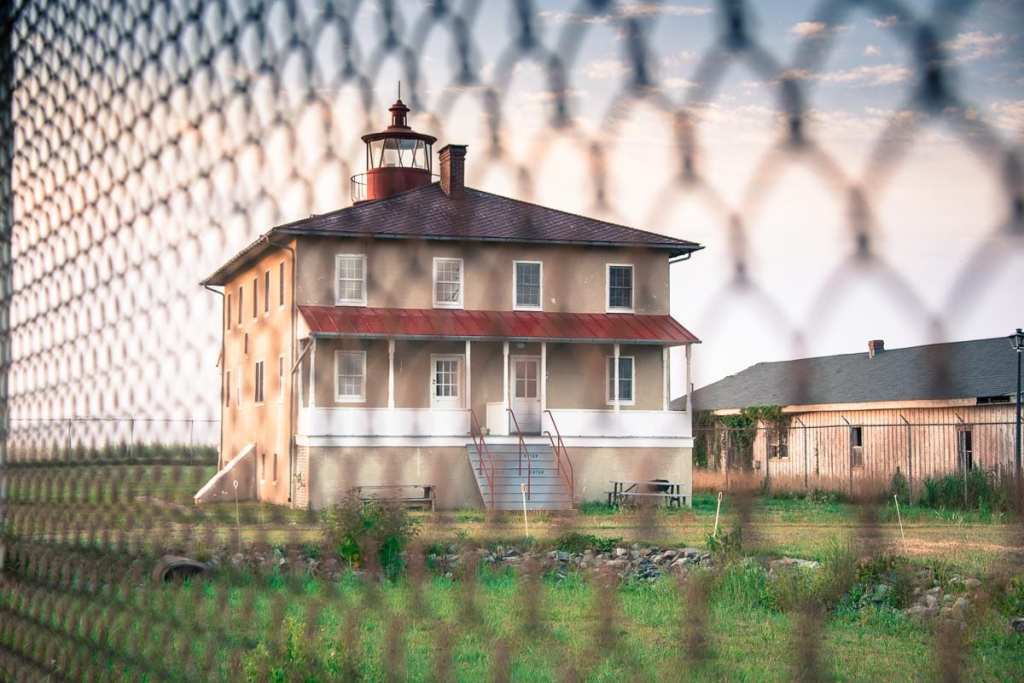Trending Now
Phil was in the Navy, but we’d known each other since high school. He had been the sort of angry kid who never met a fight he wouldn’t back down from, which was why it was so shocking to see those eyes alive with fear after he told me, over a beer, about the time he had to do maintenance work in the Point Lookout Lighthouse. But fear was there, along with a certainty I only questioned once.
“You’re sure you saw something? Like, something supernatural” I asked.
He raised an eyebrow, and without speaking, reminded me he was a guy who wasn’t prone to superstition. He had seen, or more accurately, felt something. But then, he had been working in what has been called the country’s most haunted lighthouse, which sits by the mass grave of thousands of souls. I shouldn’t have been that surprised.
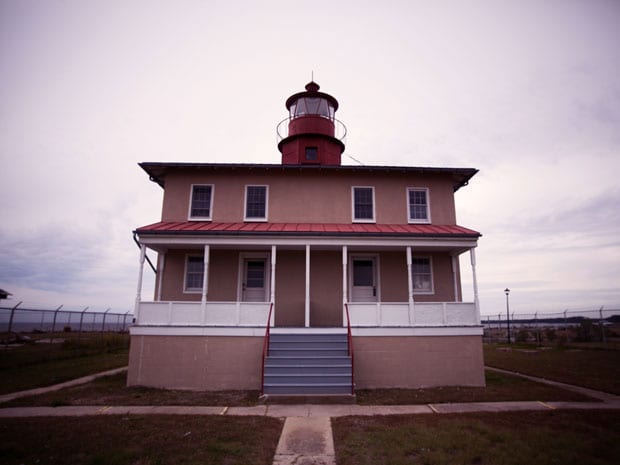
Photo Credit: The Lineup
The Point Lookout Lighthouse is situated in Point Lookout State Park, a spit of land that sits at the tip of St. Mary’s County, itself a rural peninsula that claws at the crossroads of the Potomac River and Chesapeake Bay. Although ‘the County,’ as locals call St Mary’s, is rapidly becoming an exurb of Washington D.C., 80 miles to the north, for centuries it has been a rural backwater, draped in oak and pine woods in her interior, fringed by estuarine marsh at her edges.
During the American Civil War, Maryland posed a dilemma for the Union; the state surrounded Washington DC, but many of her citizens owned slaves and sympathized with the Confederacy. St Mary’s County, at the state’s extreme southern tip, was a particularly troublesome enclave of Confederate support.
St Mary’s was also isolated, sparsely populated and easily defensible, which presented the Federal government with an elegant solution: to intimidate local Southern sympathizers, and house an increasing number of Confederate POWs, a Prisoner of War Camp was created at Point Lookout in July 1863.
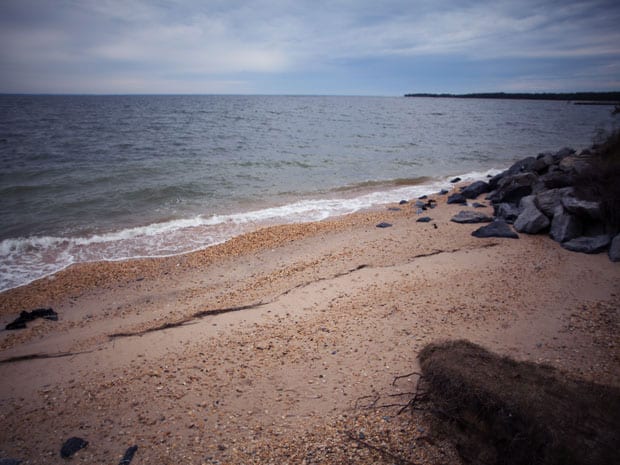
Photo Credit: The Lineup
In coming months, thousands of prisoners would flow into the camp grounds. Historical accounts describe squalid conditions: prisoners contracted illness from the swamps, wells became contaminated, and protection against the elements—freezing, damp Chesapeake wind in winter, thick, mosquito laden humidity in summer—was minimal. Lacking barracks, the prisoners slept in flimsy tents.
By late February 1864, many of the guards charged with watching the Confederates were black Union soldiers. Historical records suggest both prisoners and wardens understood the ramifications of a newly reversed racial power dynamic; in this sketch, drawn by John Omenhausser, a Virginia soldier held prisoner at Point Lookout, the black guard warns his charge, “De bottom rail on top now.”
By the time the war ended, over 50,000 Confederates had been housed at the Point, and 4,000 of them were left buried in the Maryland marshes—the victims of starvation, typhoid fever, and exposure to the elements. In time, other disasters added to the tiny area’s death toll, most notably an 1878 fire that wiped out a local hotel, and in the same year, the sinking of the steamship Express, with the loss of 22 lives.
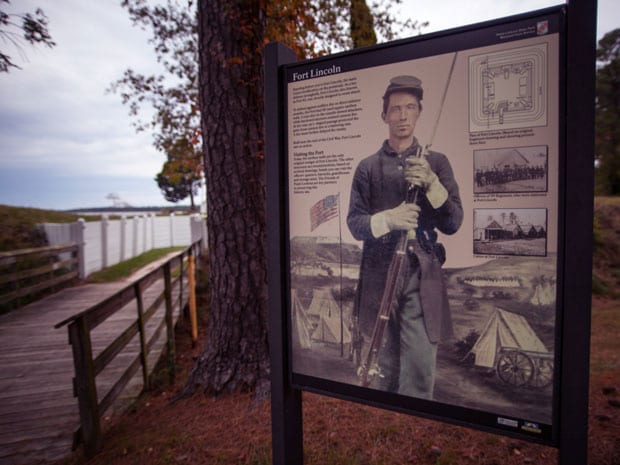
Photo Credit: The Lineup
Today spirits are regularly seen and heard in the land and water now designated Point Lookout State Park. Typical sightings describe a slender man (although not the Slender Man) loping across the road or into salt-kissed groves of loblolly pine. One former ranger recalls a regular apparition of a man running at full stride away from the camp’s historic smallpox hospital—a regular escape route for prisoners. Other rangers tell of frequent low lying, damp fogs that suddenly become impenetrable and chilled with eddies of otherwordly energies that set their dogs into a panic.
Recording devices left in the pine bottomlands and by local piers often pick up disjointed snippets of conversation at all hours of the night—a woman saying “let us take no objection to what they are doing,” a man snapping “fire if they get too close to you” and a child asking to play in the water.
But it is Point Lookout’s lighthouse, now owned by the state, that inspires the most consistent paranormal exposure. Former park ranger Gerald Sword said his Belgian Shepherd would regularly lunge at unseen figures, and that once, he had seen a young man in a sailor’s dress walk to the lighthouse, then run away into thin air. Voices and piano music would drift through the lighthouse halls, and fishermen would regularly tell him about hearing phantom cries for help on the water.
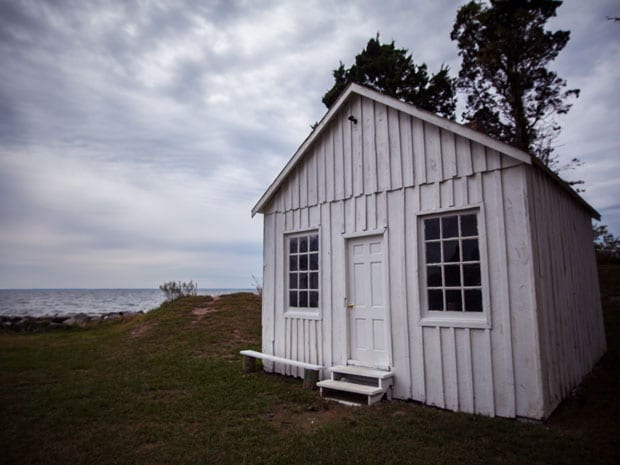
Photo Credit: The Lineup
My friend Phil told me that after a few minutes alone in the basement of the lighthouse, he had felt his skin prickle with a foreboding that grew so alarmingly fast it left him in a cold sweat. As he left with three co-workers, none of them spoke to each other for a few minutes; when they did, the first comment was, “Did you feel that?”
All four of them nodded, and said nothing else.
This story was first published on The Lineup
Read more below:
9 American Horror Story Characters Based on Real-Life Killers
8 Real-Life Cabin in the Woods Murders That Will Make You Lock Your Doors

